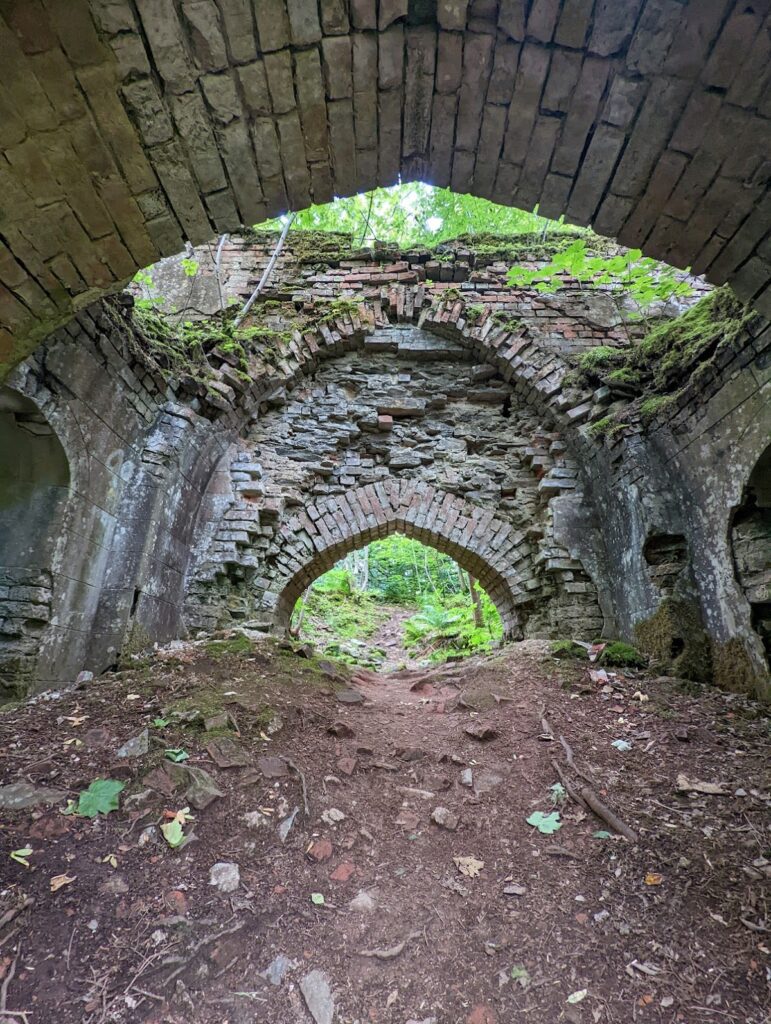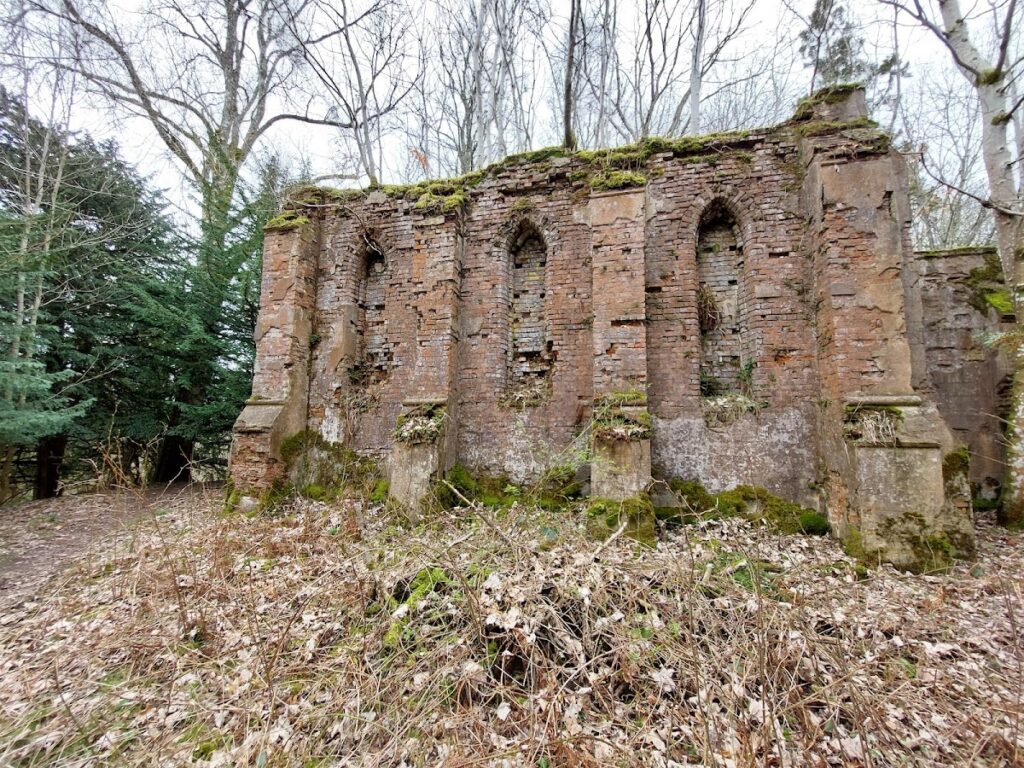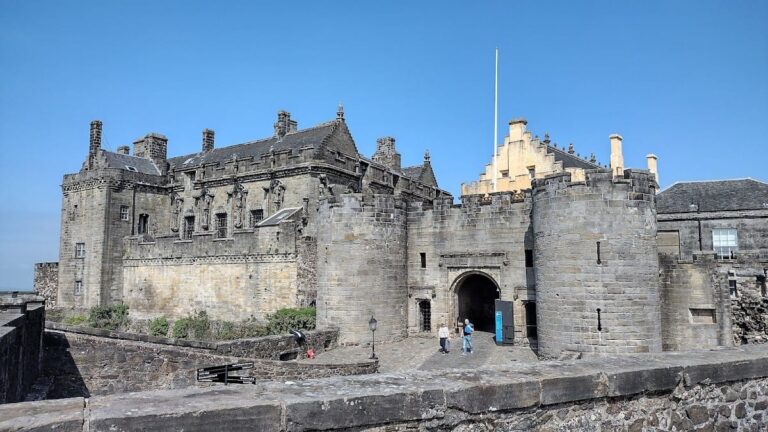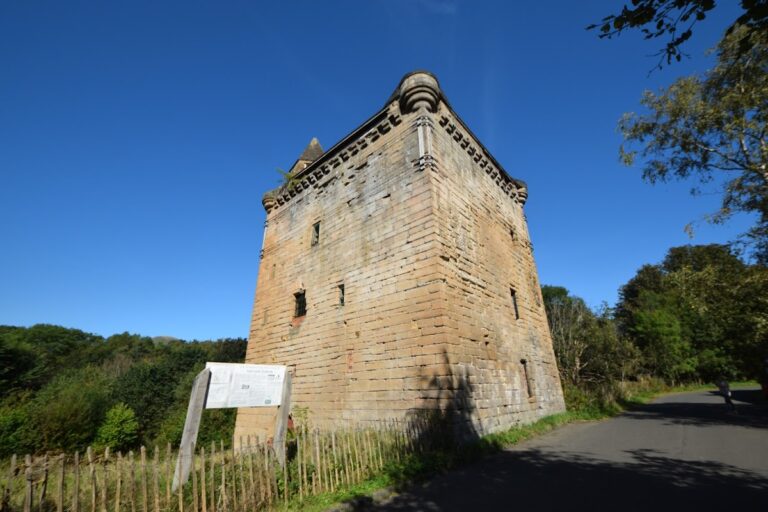Finlarig Castle: A Historic Scottish Stronghold Near Killin
Visitor Information
Google Rating: 4.5
Popularity: Low
Google Maps: View on Google Maps
Country: United Kingdom
Civilization: Unclassified
Remains: Military
History
Finlarig Castle is located near Killin in Scotland and was constructed by Scottish builders in the early 17th century. The site itself had a long history of occupation, with an earlier castle present from the 11th century on the lands originally held by Clan Menzies.
Between 1621 and 1629, Duncan Campbell of Glenorchy, known as ‘Black Duncan’, belonging to the Campbell of Breadalbane family, commissioned the building of the present castle. Black Duncan was notable for establishing multiple strongholds across Argyll and Perthshire during this period, reflecting his influence and the clan’s territorial ambitions. The castle remained important into the early 1700s, as evidenced by a visit in 1713 from Rob Roy MacGregor, a famous Scottish folk hero, underscoring its role within the regional power dynamics of the time.
In the 19th century, the site saw further development connected to the Campbell family. In 1829, the Breadalbane Mausoleum was erected near the castle on the grounds of an earlier chapel and burial site founded in 1523 by Sir Colin Campbell, an ancestor of the Breadalbane earls. The mausoleum served as the final resting place for notable members of the clan, including its founder Black Duncan, who died in 1631, and later lairds such as Sir Gavin Campbell and his wife Alma Graham in the early 20th century. Over the years, both the castle and mausoleum fell into neglect and decay.
Remains
Finlarig Castle stands on a raised mound forming a peninsula between the River Lochay and Loch Tay. The structure follows an L-shaped, sometimes described as a Z-plan, design common in Scottish tower houses from the early 17th century. Its main residential block is flanked by two towers positioned at the northeast and southwest corners. Originally, the castle rose four storeys high, designed to provide both habitation and defence.
The surviving entrance is situated on the south wall, adorned with the royal coat of arms and the initials of King James VI and his queen, Anne. An inscribed date of either 1609 or 1629 marks this entrance, highlighting the connection to the Stuart monarchy. Around the castle once lay an outer defensive wall or barmekin, but little of this enclosure remains today, contributing to the fragile state of the ruins.
Adjacent to the north side of the building is a stone-lined pit. Local tradition suggests this pit was used for the execution by beheading of prisoners of noble rank. However, archaeological interpretation proposes it may have served a more practical purpose as a cistern for water storage. This feature adds an intriguing layer of historical narrative and local legend to the site.
Nearby, the Breadalbane Mausoleum presents a later contrast to the castle’s stonework. Constructed of brick in a faux-Tudor style during 1829, this chapel replaced the original 16th-century ecclesiastical building and burial ground. Now largely collapsed, the mausoleum retains its historic importance as the burial place of key members of the Campbell family across centuries, linking the site’s residential and memorial functions.
Today, Finlarig Castle’s ruins remain accessible but are unstable, bearing the visible marks of time and neglect. Their location and design continue to offer valuable insights into the defensive architecture and clan history of early modern Scotland.










